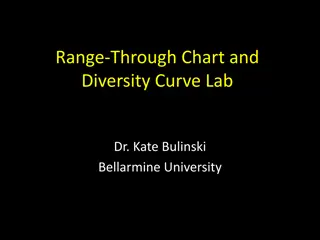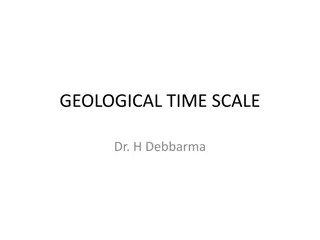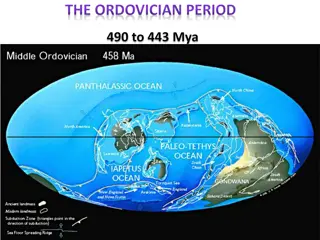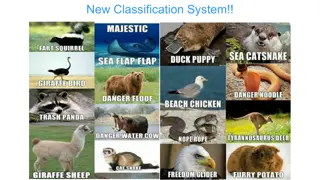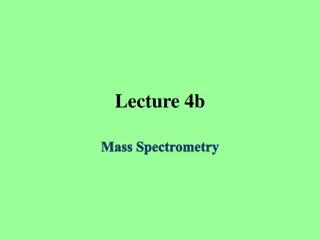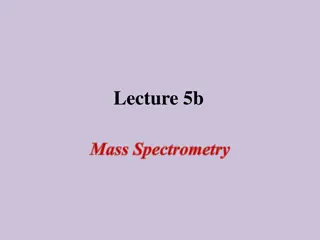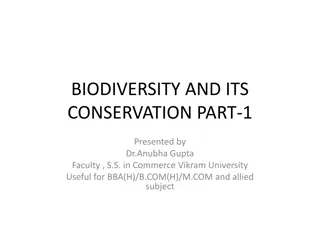Evolution of Animal Diversity: From the Cambrian Explosion to Mass Extinctions
Explore the fascinating journey of animal life, from the earliest spongelike creatures in the Ediacaran period to the rapid evolution during the Cambrian Explosion and the post-Cambrian animal diversifications. Learn about the causes of the Cambrian Explosion and how environmental changes have shaped the animal kingdom. Discover the classification of animals based on morphological and developmental characteristics, as well as the impact of mass extinctions on biodiversity.
Uploaded on Oct 02, 2024 | 0 Views
Download Presentation

Please find below an Image/Link to download the presentation.
The content on the website is provided AS IS for your information and personal use only. It may not be sold, licensed, or shared on other websites without obtaining consent from the author. Download presentation by click this link. If you encounter any issues during the download, it is possible that the publisher has removed the file from their server.
E N D
Presentation Transcript
Biology II for Non-Majors Animal Diversity
Earliest Animal Fossils Fossils of spongelike creatures (a) Cyclomedusa and (b) Dickinsonia date to 650 million years ago, during the Ediacaran period.
The Cambrian Explosion The Cambrian period, 542 488 million years ago, marks the most rapid evolution animal diversity. Most of the animal phyla in existence originated then including echinoderms, mollusks, worms, arthropods (including the trilobites below), and chordates.
Causes of the Cambrian Explosion The cause of the Cambrian explosion is still debated. Environmental changes such as rising oxygen levels may have created a more suitable environment for animals.
Post-Cambrian Animals The periods that followed the Cambrian during the Paleozoic Era are marked by further animal evolution and the emergence of many new orders, families, and species. As animal phyla continued to diversify, new species adapted to new ecological niches. Changes in the environment often create new niches (living spaces) that contribute to rapid speciation and increased diversity. On the other hand, cataclysmic events, such as volcanic eruptions and meteor strikes that obliterate life, can result in devastating losses of diversity. Such periods of mass extinction have occurred repeatedly in the evolutionary record of life, erasing some genetic lines while creating room for others to evolve into the empty niches left behind.
Classifying Animals Scientists have developed a classification scheme that categorizes all members of the animal kingdom, although there are exceptions to most rules governing animal classification. Animals are primarily classified according to morphological and developmental characteristics, such as a body plan. One of the most prominent features of the body plan of true animals is that they are morphologically symmetrical. True animals are divided into those with radial versus bilateral symmetry. Animals with three germ layers, called triploblasts, are further characterized by the presence or absence of an internal body cavity called a coelom.
Origins of Animalia Both Parazoa and Eumetazoa evolved from a common ancestral organism that resembles the modern- day protists called choanoflagellates. These protist cells strongly resemble the sponge choanocyte cells today.
Classifying True Animals Eumetazoa are subdivided into radially symmetrical animals and bilaterally symmetrical animals, and are thus classified into clade Bilateria or Radiata, respectively. The bilaterally symmetrical animals are further divided into deuterostomes (including chordates and echinoderms) and two distinct clades of protostomes (including ecdysozoans and lophotrochozoans).
Modern Revisions Nucleic acid and protein analyses have greatly informed the modern phylogenetic animal tree. These data come from a variety of molecular sources, such as mitochondrial DNA, nuclear DNA, ribosomal RNA (rRNA), and certain cellular proteins. Scientists continue to explore molecular data and use it to revise phylogenic trees.
Quick Review How did the animal kingdom evolve? When did major events in animal evolution, including explosions and extinctions, occur? How do scientists understand animal phylogeny? Can you use this system to classify animals?




